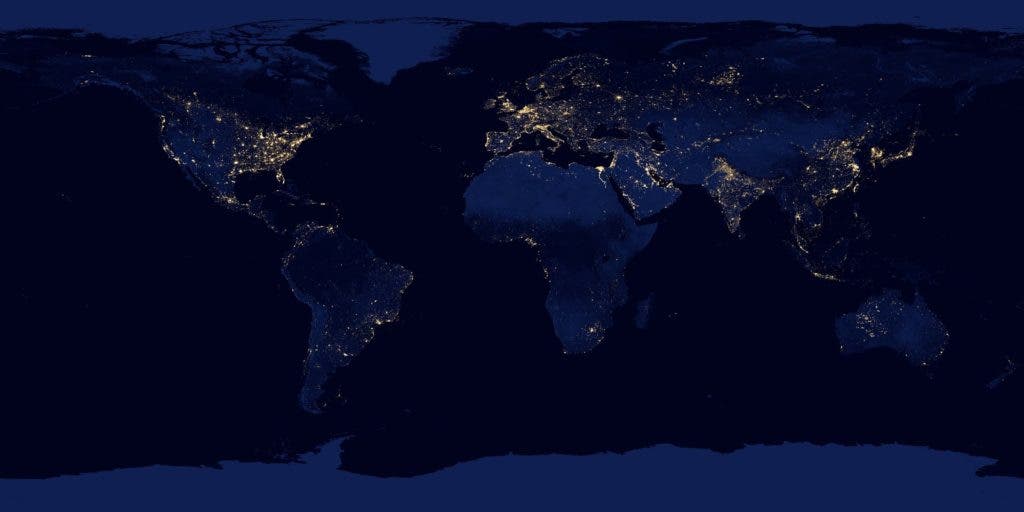New research from the University of Southern California (USC) looks at how rising sea levels will affect population dynamics in the US. By their estimates, 13 million people will be displaced by 2100, placing extreme strain on several cities throughout the country.

Global warming is driving sea-levels up through two main mechanisms: increased water inflow from melting ice sheets and glaciers, and the thermal expansion of warming water. Human populations tend to mostly gravitate around coasts and waterways and, as such, it’s estimated that sea-level rise will destroy hundreds of thousands of homes in just a few decades. Current estimates place sea level increase by the end of the century at a 6-foot mark, which would redraw the coastlines of Florida, North Carolina, Massachusetts, Louisiana, and New Orleans.
Which begs the question — where will the displaced go to?
Water damage
“Sea level rise will affect every county in the US, including inland areas,” says Bistra Dilkina, an Assistant Professor of Computer Science from the USC’s Center for AI for Society.
“We hope this research will empower urban planners and local decision-makers to prepare to accept populations displaced by sea-level rise. Our findings indicate that everybody should care about sea-level rise, whether they live on the coast or not. This is a global impact issue”.
In the aftermath of Hurricane Harvey (2017), displaced residents from the coast of Texas flocked inland. The team explains that this event showcases what could happen, on a much wider scale, within a few decades. Some 13 million people could be forced to relocate due to rising sea levels by 2100 in the US alone, they found, which would place an enormous strain on the population centers they migrate to. The strain of this environmental disaster will thus ripple throughout the country, not just on the affected coastlines, as people move inland. Among the effects, the team lists more competition for jobs, increased housing prices, and huge pressure on infrastructure and social systems.
The team is the first to use machine learning to project future migration patterns resulting from sea-level change. According to their findings, land-locked cities such as Atlanta, Houston, Dallas, Denver, and Las Vegas will see the highest number of refugees. Suburban areas in the Midwest are also likely to see a disproportionately large number of refugees relative to their current local populations.
For the study, the team took existing sea-level projections and combined them with population data and their projections until the end of the century. Migration pattern data recorded after Hurricane Katrina and Hurricane Rita was used to train machine learning models to predict where people would relocate in the simulated world.
“We talk about rising sea levels, but the effects go much further than those directly affected on the coasts,” said Caleb Robinson, a visiting doctoral researcher from Georgia Tech and the study’s first author.
“We wanted to look not only at who would be displaced, but also where they would go.”
Inland areas immediately adjacent to the coast bore the brunt of the migration, the team found, as did urban areas in the southeastern US. However, their model showed that more migrants would flock to Houston or Dallas than previous studies on the topic — these identified Austin as the top destination for climate refugees from the southeastern coast.
The study suggests that climate-change-induced migrations won’t necessarily follow previous patterns of movement. The authors hope that their findings will help policymakers and city planners reinforce infrastructure to ensure that the influx of refugees will have a positive impact on local economies and communities.
“When migration occurs naturally, it is a great engine for economic activity and growth,” said co-author Juan Moreno Cruz, an economist and professor at the University of Waterloo. “But when migration is forced upon people, productivity falls and human and social capital are lost as communities are broken apart.”
“Understanding these migration decisions helps economies and policy makers prepare for what is to come and do as much as possible to make the influx of migration a positive experience that generates positive outcomes.”
The paper “Modeling migration patterns in the USA under sea level rise” has been published in the journal PLOS ONE.


